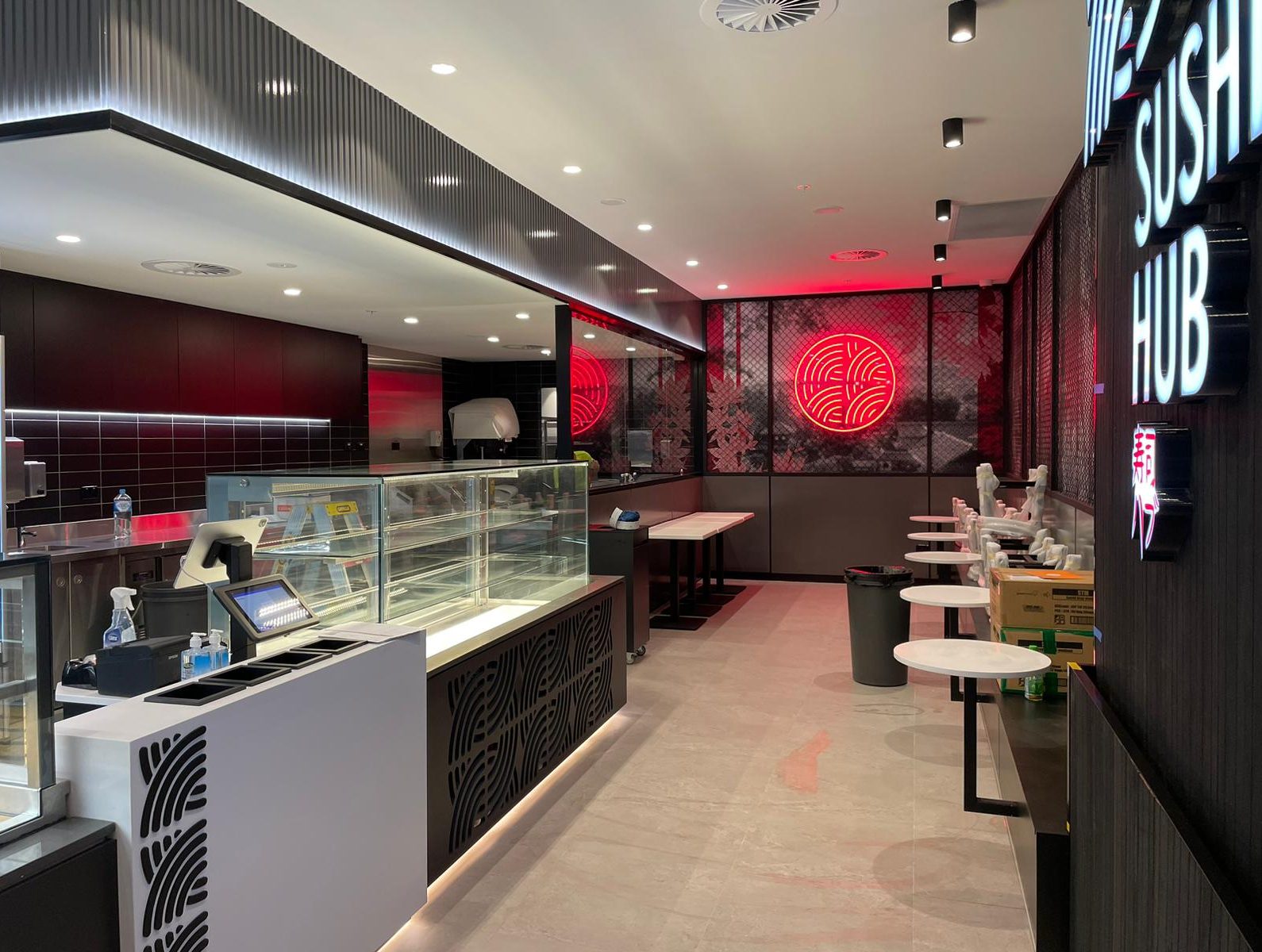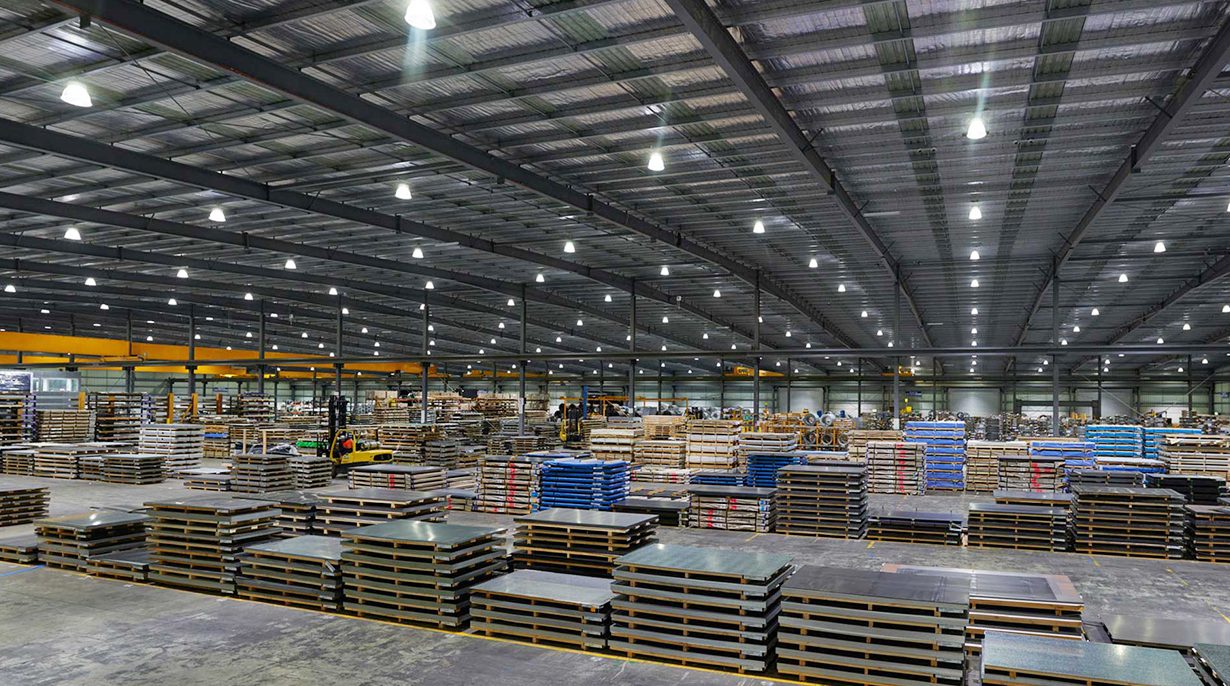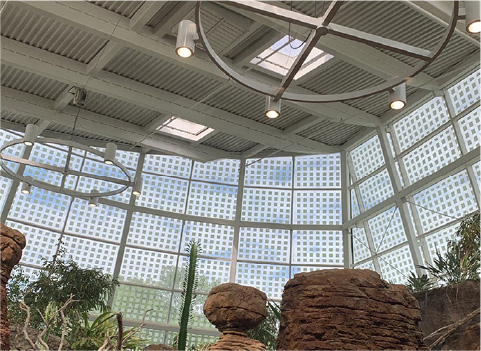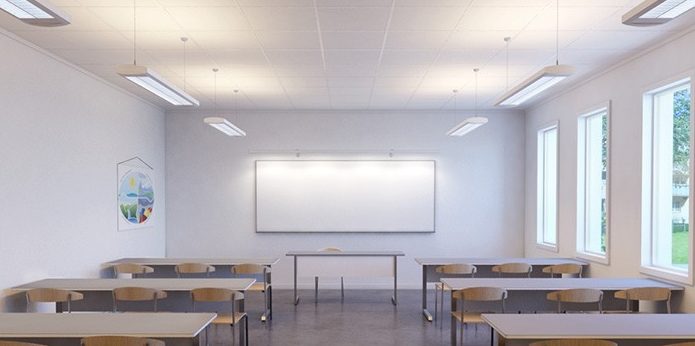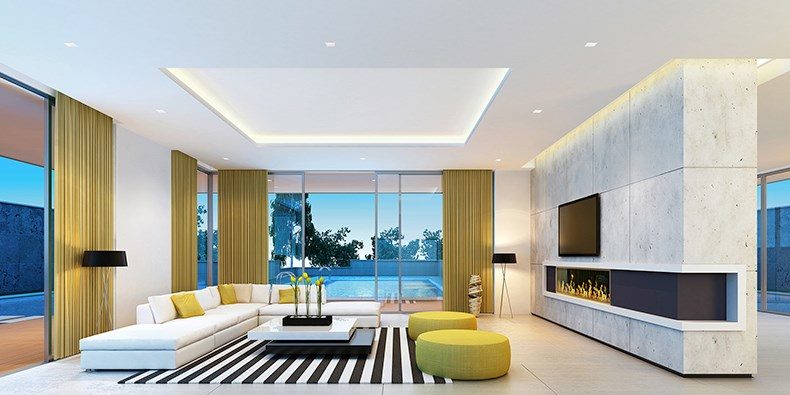Surface vs. Recessed Lighting: Which Is Right for Your Project?
When planning a lighting upgrade or new installation, one of the most important decisions you’ll make is whether to use surface-mounted or recessed lighting. Each has distinct advantages and design implications, and choosing the right one depends on your space, function, and aesthetic goals.
Let’s break down the differences — and help you decide which is best for your project.
What Is Surface Lighting?
Surface-mounted lighting fixtures are installed directly onto a ceiling, wall, or other surface. You can see the fixture body, which may include a decorative housing, trim, or shade. Common surface fixtures include drums, wraps, sconces, and flush/semi-flush mounts.
Pros of Surface Lighting:
- Easier to install in locations where plenum space is limited or non-existent.
- Ideal for retrofit projects or buildings with solid concrete ceilings.
- Aesthetic variety — available in a wide range of styles, finishes, and sizes.
- More accessible for maintenance — especially in commercial or industrial settings.
Considerations:
- The fixture is visible, which may not work with all minimalist or modern designs.
- Can slightly lower the perceived ceiling height in small spaces.
What Is Recessed Lighting?
Recessed lighting (often called can lights or downlights) is installed into a ceiling cavity, leaving only the trim and lens visible. These fixtures offer a clean, unobtrusive look and are popular in residential, retail, and hospitality environments.
Pros of Recessed Lighting:
- Sleek, low-profile design that blends into the ceiling for a modern look.
- Ideal for directional lighting — accent, task, or ambient illumination.
- Saves space — perfect for low ceilings or when minimalism is key.
- Often compatible with dimming, color tuning, and smart lighting systems.
Considerations:
- Requires sufficient ceiling depth and access to install.
- More complex wiring and installation, especially in remodels.
- Maintenance (like driver replacement) can be trickier depending on the ceiling type.
How to Choose the Right Type
When choosing between surface and recessed lighting, ask yourself:
- What’s the ceiling type and height?
- Shallow ceilings may favor surface-mount fixtures.
- Higher ceilings or open plenum designs offer more flexibility for recessed installs.
- What’s the primary function of the lighting?
- For task lighting (like over a kitchen island), recessed may work best.
- For general or decorative lighting, surface fixtures can add character.
- Is this a new build or retrofit?
- Retrofits often lean toward surface mounts to reduce labor and cost.
- New construction can easily incorporate recessed fixtures from the start.
- What’s your design goal?
- Want the lights to disappear into the architecture? Go recessed.
- Want the fixture to contribute to the aesthetic? Go surface.
Final Thoughts
The choice between surface and recessed lighting isn’t just about style — it’s about performance, budget, and how your space is built. In many cases, a hybrid approach works best: recessed lighting for subtle ambient illumination, paired with surface fixtures for statement or task-specific needs.
Not sure what’s best for your space? Our team at [Your Company Name or Peachtree Lighting] is happy to help. We offer a wide selection of both surface and recessed LED solutions, made right here in the USA — and designed to perform beautifully in every environment.
Need guidance for your next project?
Reach out to our lighting experts for layout support, photometric data, and tailored solutions that meet your budget and your vision.
